In the first week of July, Pittsburgh’s Department of Mobility and Infrastructure, known as DOMI, began its traffic-calming project along Greenfield Avenue. Crews installed speed humps and raised pedestrian crosswalks near Magee Rec Center and Greenfield School, and added rumble strips and extensive line painting. They also created a short bike lane that begins just past the 300 block of Greenfield Avenue.
It was a welcome sight for many Greenfielders, whose calls for traffic safety swelled after a car hit and injured a 12-year-old last summer near Magee Rec Center. But residents on the 300 block of Greenfield Avenue report little or no improvement when it comes to speeding drivers, even though they fought to have their area included in the project.
Two Greenfield Avenues
“I’m definitely seeing a complete change in traffic from Rialto’s around to the stop sign [at McCaslin Street],” upper Greenfield resident Annie Quinn said on July 14.
Addy Lord, a close neighbor of Ms. Quinn, agreed. “I think overall it seems as though people are slowing down around Magee,” she said. “Really thrilled about having the raised crosswalk.”
Catherine Adams co-chairs the Greenfield Community Association’s (GCA’s) Planning, Transportation and Development Committee.
“Anecdotally, traffic seems slower where the speed tables have been installed and I feel safer as a cyclist on Greenfield on the section where there is now a bike lane. But there doesn’t seem much of a change in rate of traffic speed or behavior change on the sections where the only treatment was paint,” she wrote in a July 14 email.
“Traffic calming on Greenfield Ave has been a long time coming,” Run resident Marianne Holohan texted on July 11. “We are honestly lucky that no one has died. I want to emphasize [that] more work remains to be done, especially in the 300 block.” Early last summer Ms. Holohan, secretary of the Greenfield PreK-8 Parent Teacher Organization, helped draft a traffic safety petition co-sponsored by the GCA. It garnered 600+ signatures.
An uphill battle continues
Since 2015, lower Greenfield residents have been requesting effective solutions for hazardous conditions on the busy 300 block, where vehicles often travel 40–50 mph. They report seeing frequent car crashes, including the destruction of parked cars.
The stretch is at the center of numerous major commuter routes, but many drivers do not respect it as a residential street. The Anderson Bridge closure detoured traffic to Greenfield Avenue and made the speeding even worse.
After last summer’s petition, public outcry over the child hit by a car, and pushback in response to Pittsburgh’s initial capital budget that left out traffic calming for Greenfield Avenue despite a 44% increase for its traffic safety program, DOMI finally agreed to include Greenfield Avenue — but not the 300 block.
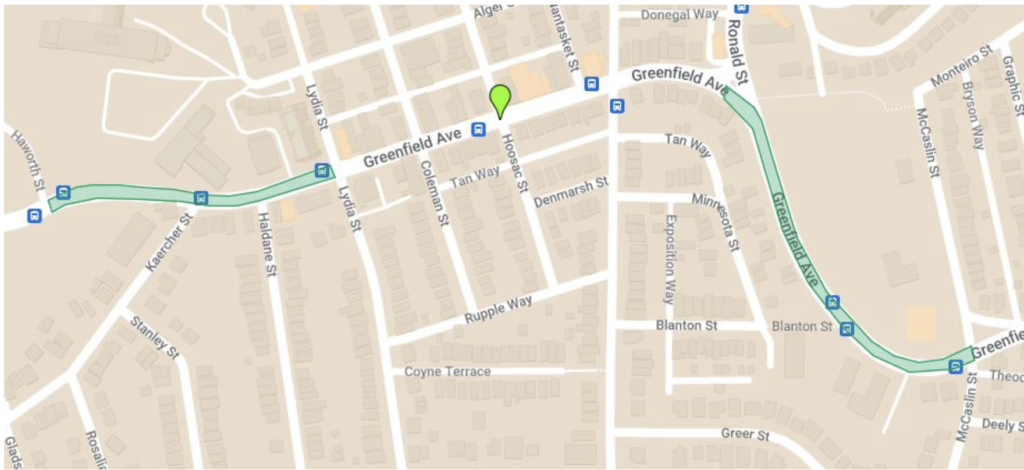
Only additional lobbying from frustrated residents and District 5 City Councilor Barb Warwick convinced DOMI to hold a neighborhood “walk-through” of Greenfield Avenue on March 5 to hear residents’ concerns and witness the dangers for themselves. DOMI agreed to add painted lines on the 300 block but, so far, no physical infrastructure.
Now that the work is complete, 300 block resident Paul Faust told us, “I think what they did with people driving downhill has them driving a little slower, but down [at Swinburne Bridge], as soon as [drivers] get past those rumble strips and curve they hit the gas. They floor it and are going 45 mph. At the least, they should put in a speed hump.”
The speed hump and raised crosswalk clustered together near the former St. Rosalia school are too far away to slow traffic where he lives, Mr. Faust said.
In a July 14 email, Greenfielder Ben Yogman praised the work in Upper Greenfield but wrote, “The absence of any marked crossing at all for residents of Tunstall Street and the 300 block is completely unacceptable. The danger here was highlighted at the start of the neighborhood walking tour with DOMI but they didn’t communicate that they were not including a crossing in their plan.”
On July 11, BikePGH advocacy manager Seth Bush took another walking tour with Junction Coalition to view and analyze DOMI’s traffic improvements.
“Unfortunately, cars [are] driving right over the paint on Lower Greenfield and zipping through just as fast as ever,” Mr. Bush observed. “There really isn’t any change. The bike lane helps slow folks down further up the hill, but drivers are ignoring the treatments otherwise.”
Mr. Bush said he believes some type of physical infrastructure is needed to make the 300 block safer.
Residents have discussed ways of slowing down traffic until city officials follow through on equitable traffic-calming measures, including installing their own.
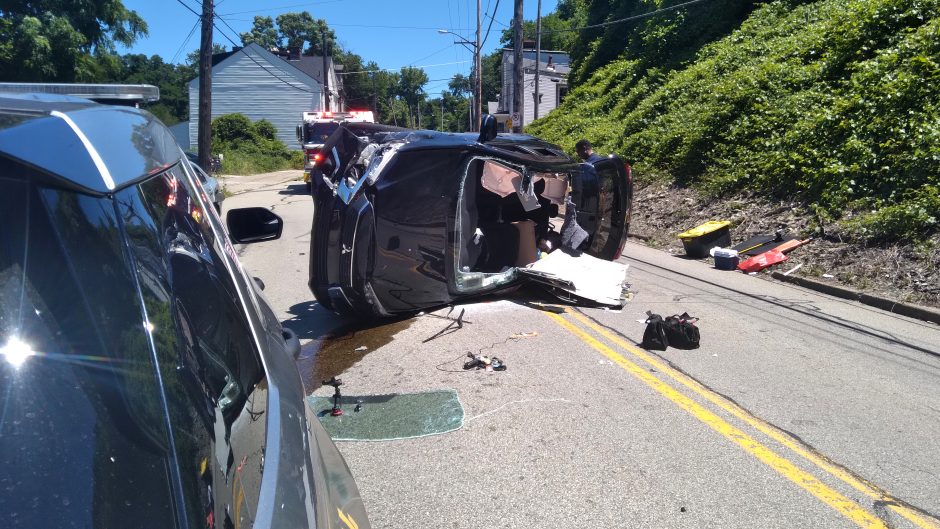
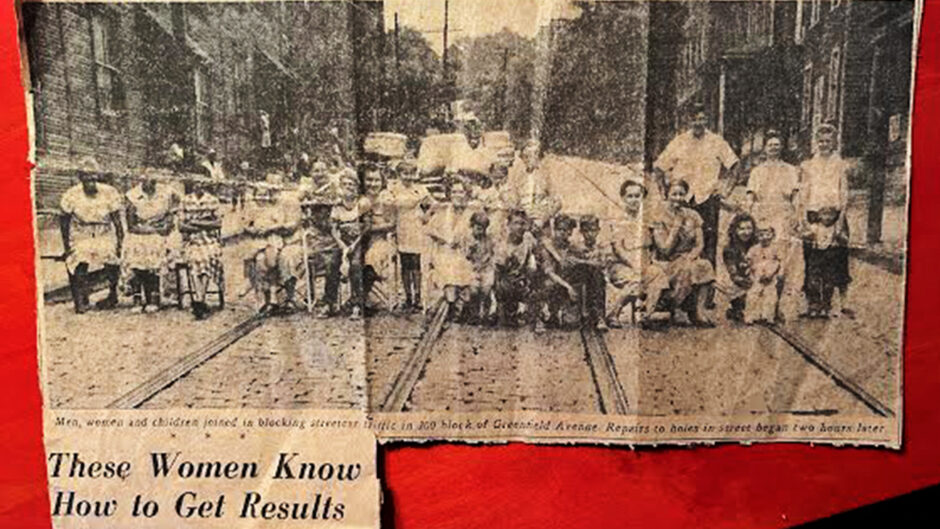
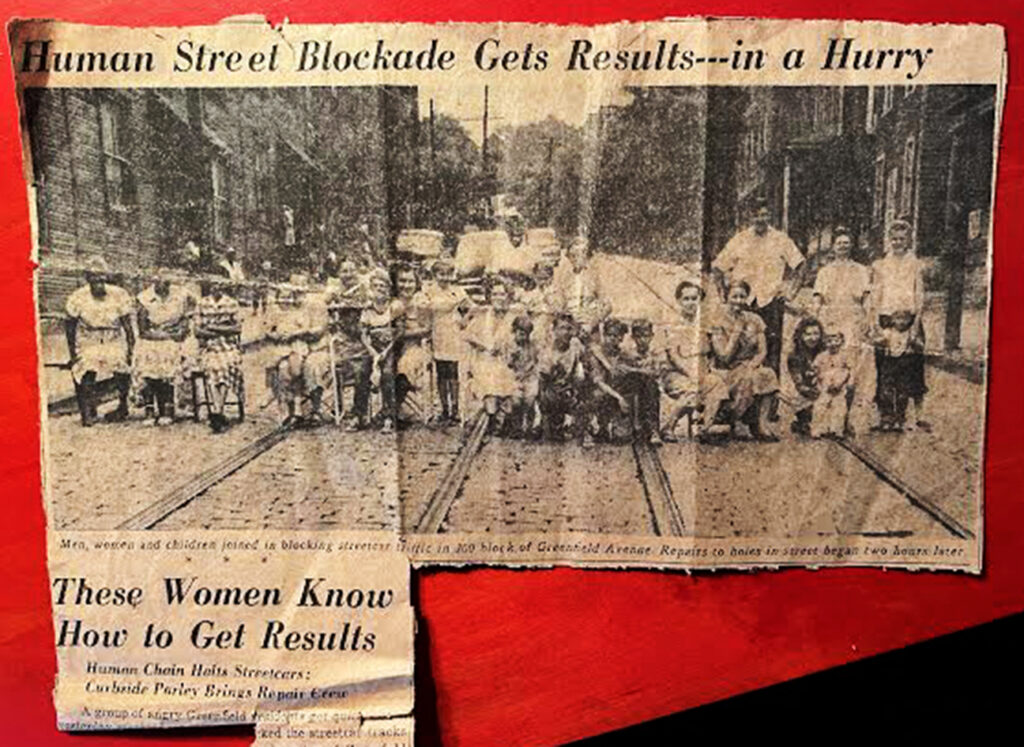
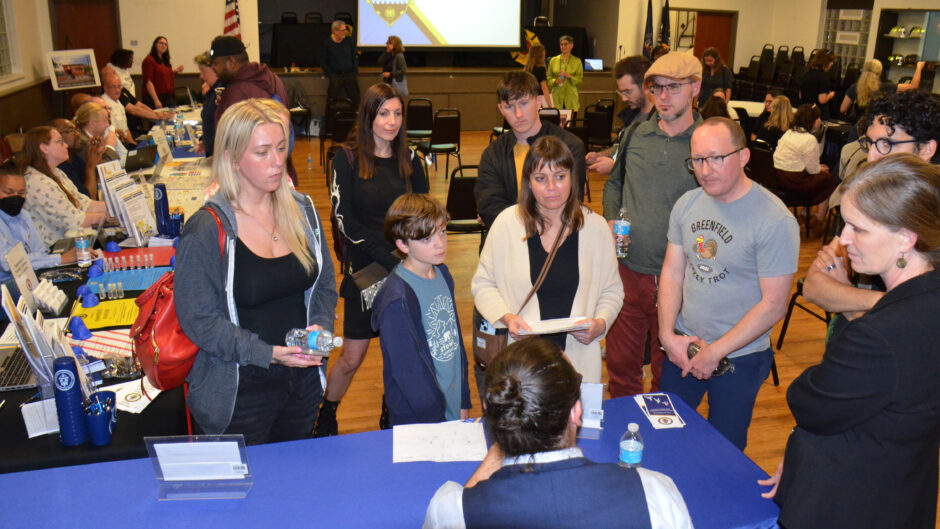
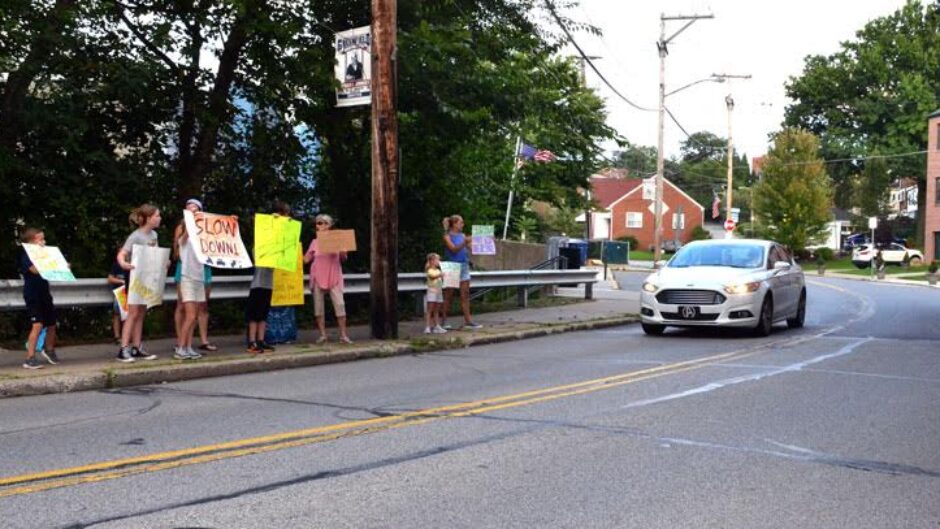
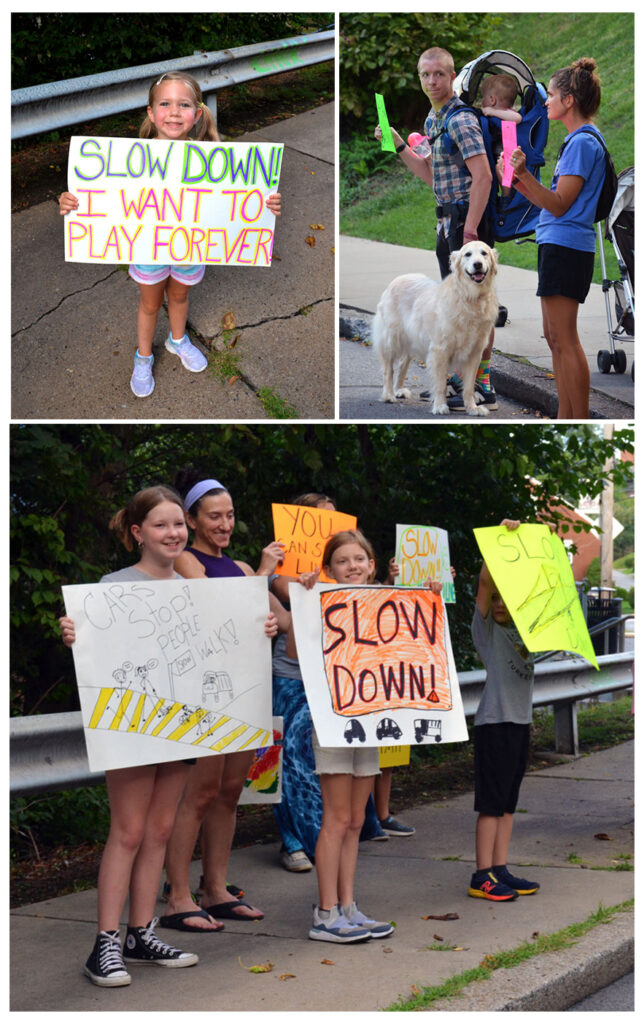

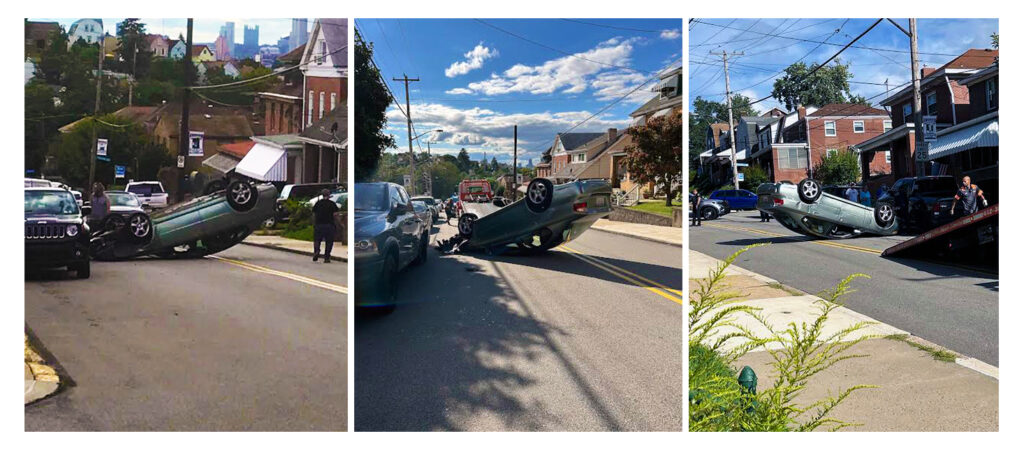
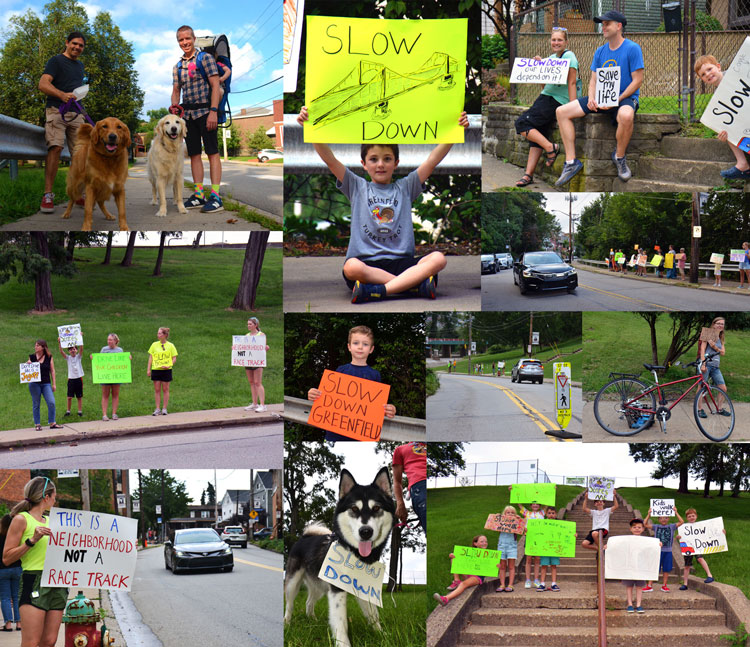
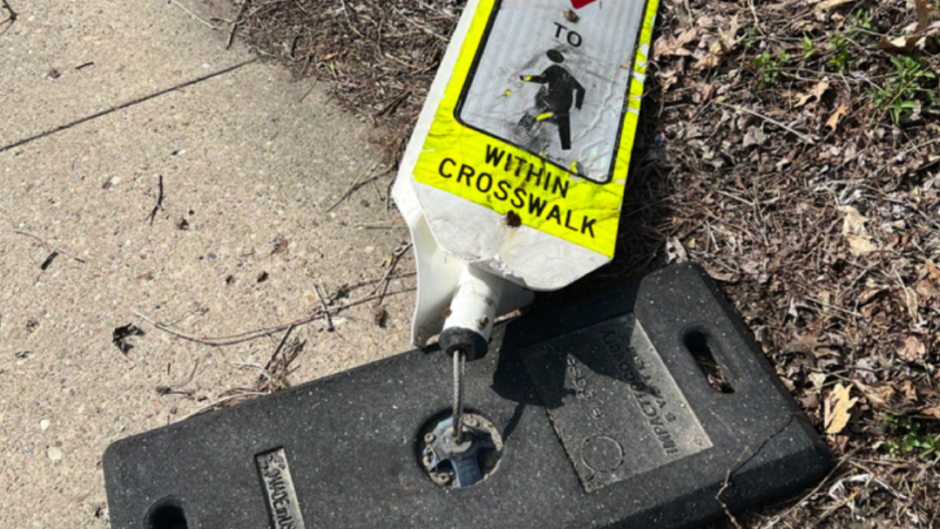

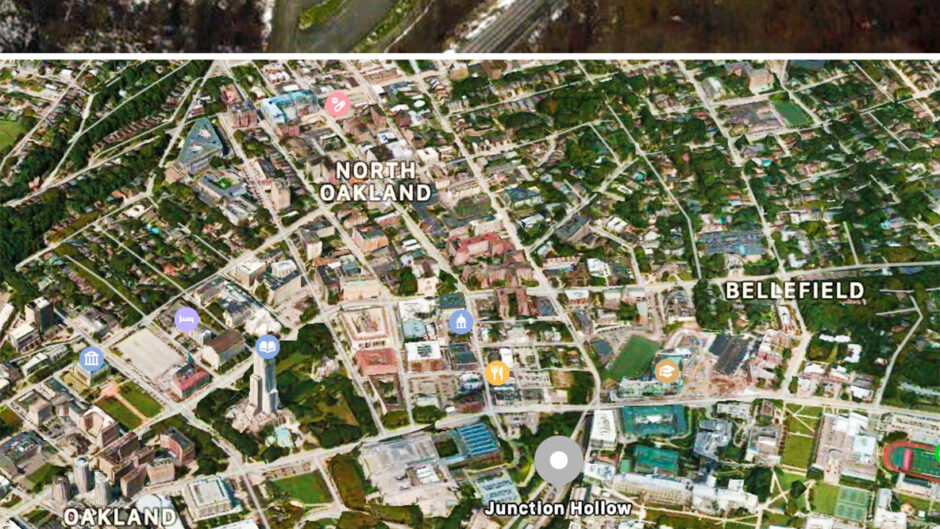
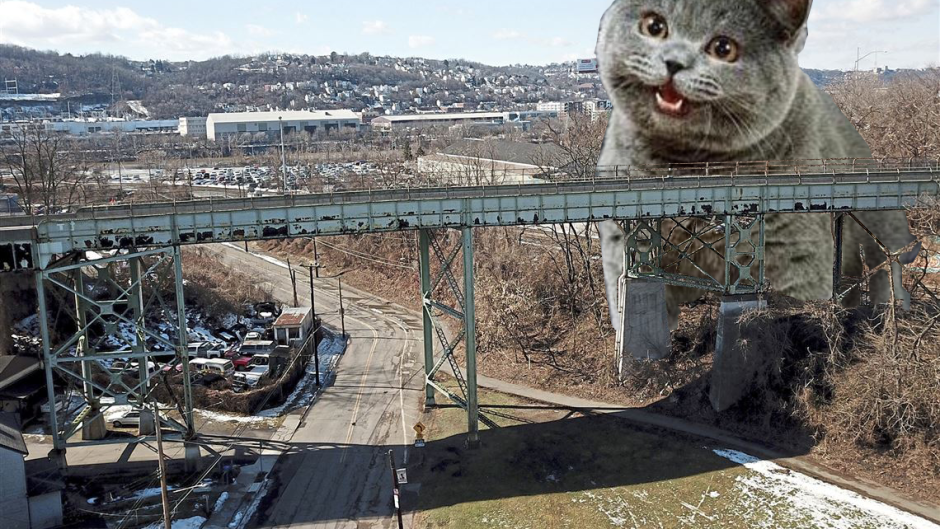
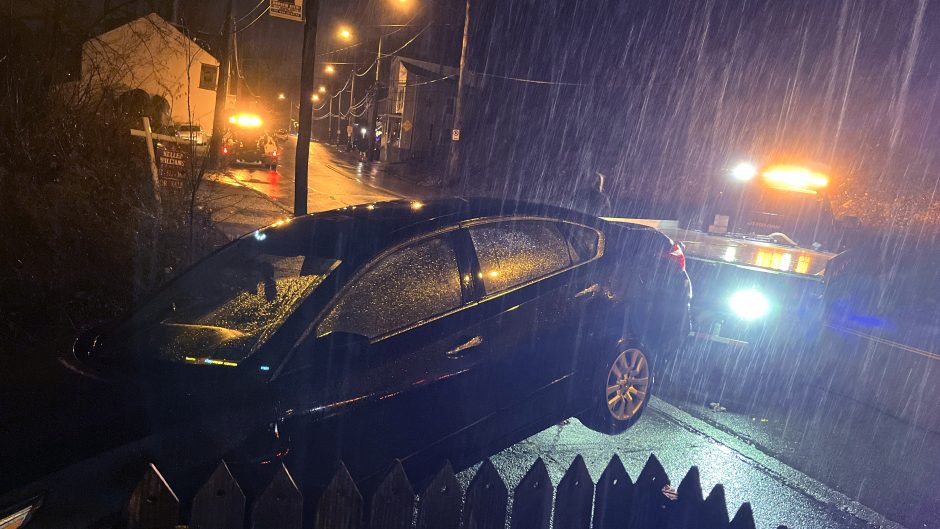
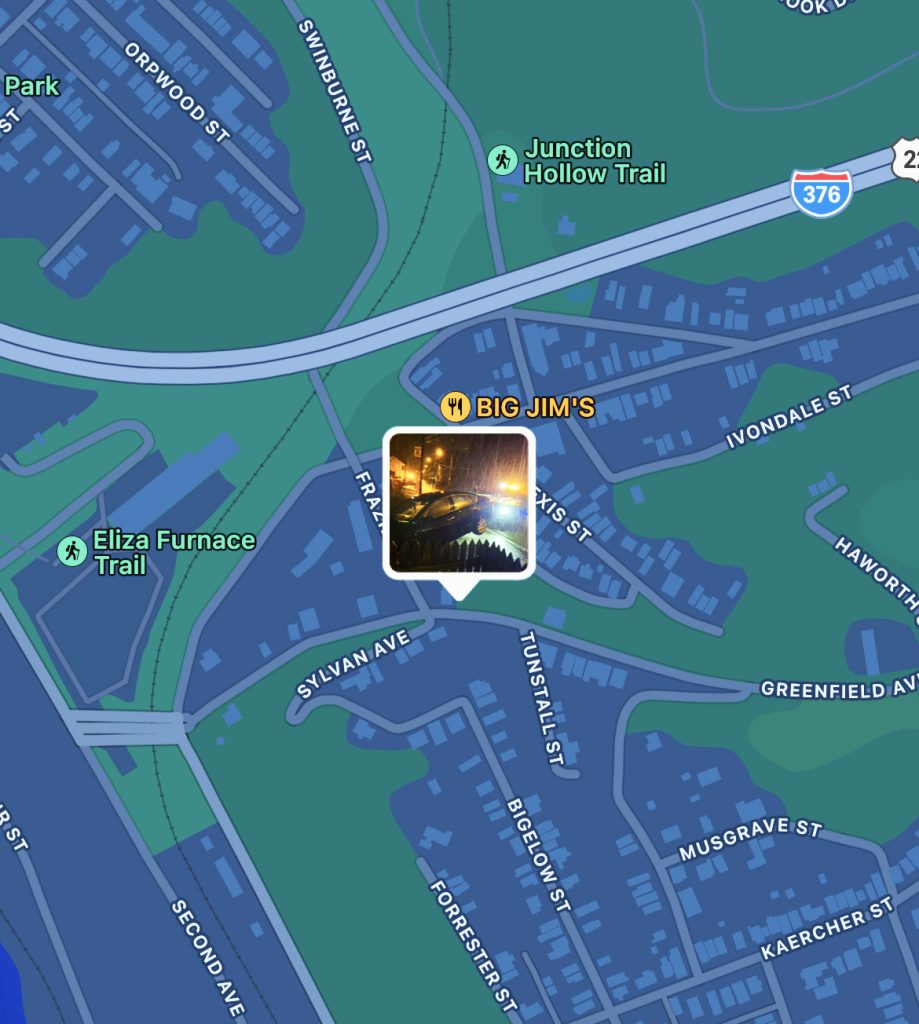
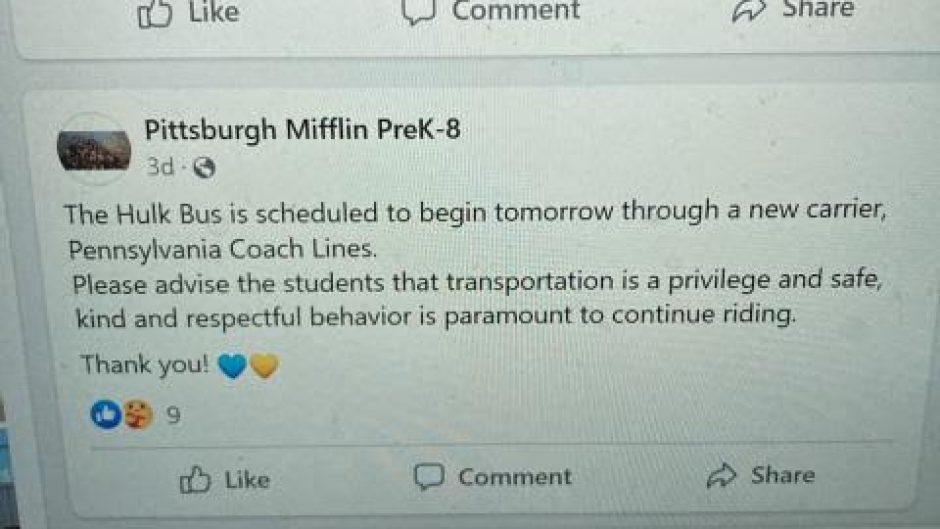
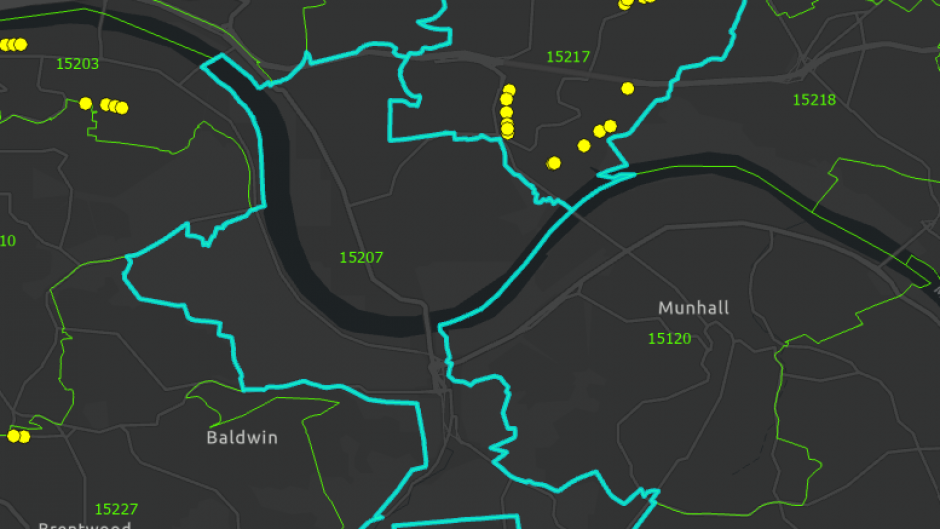
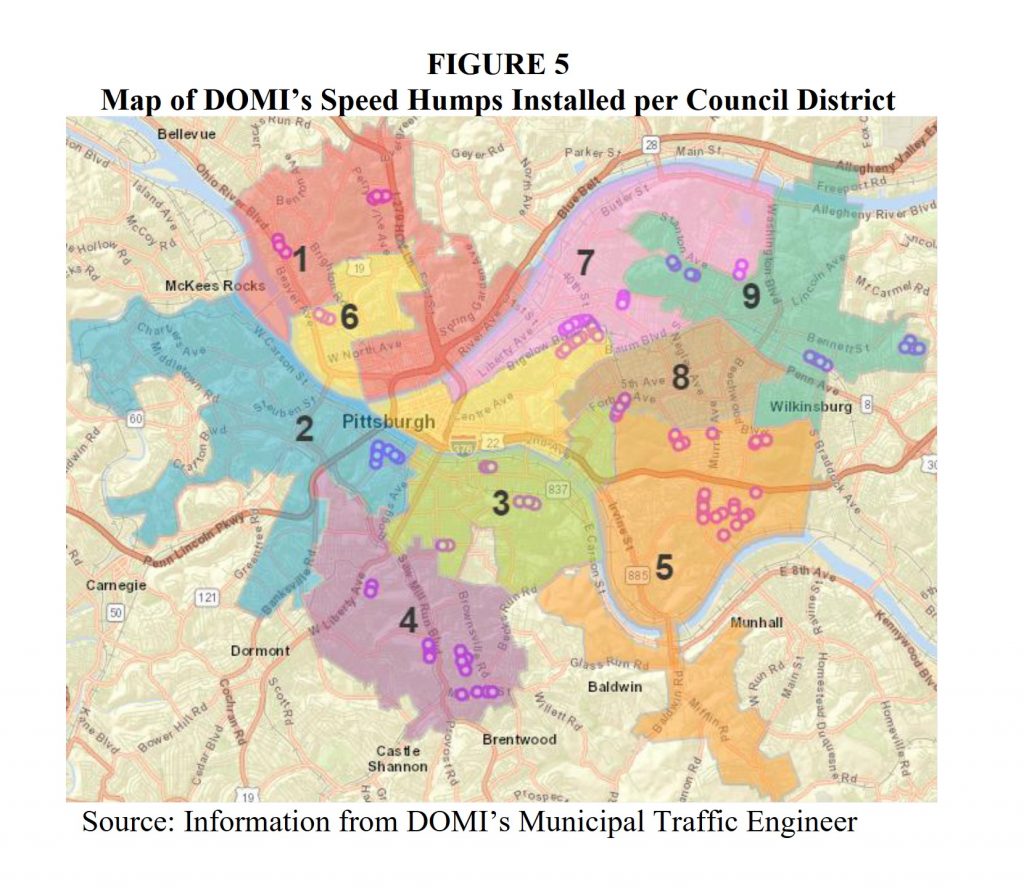
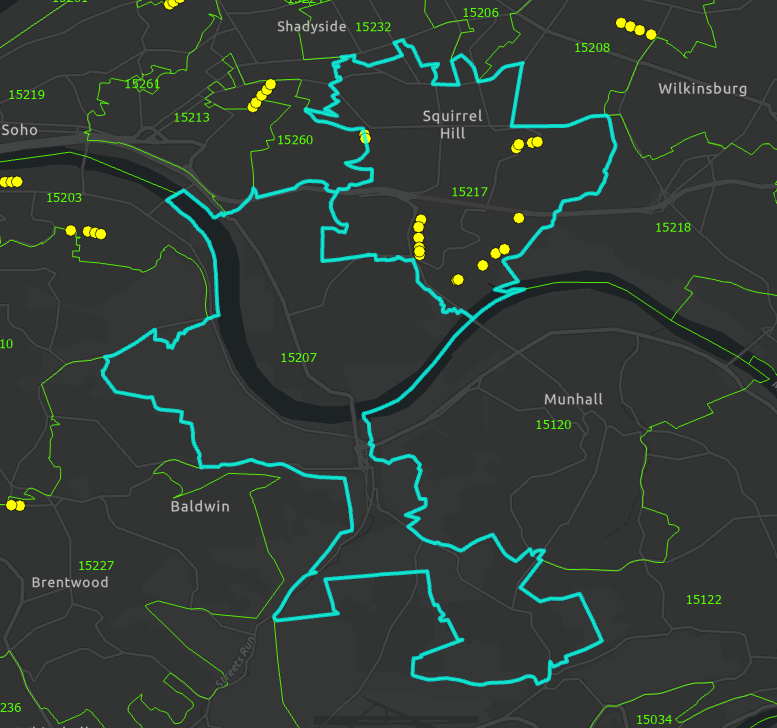
Recent Comments